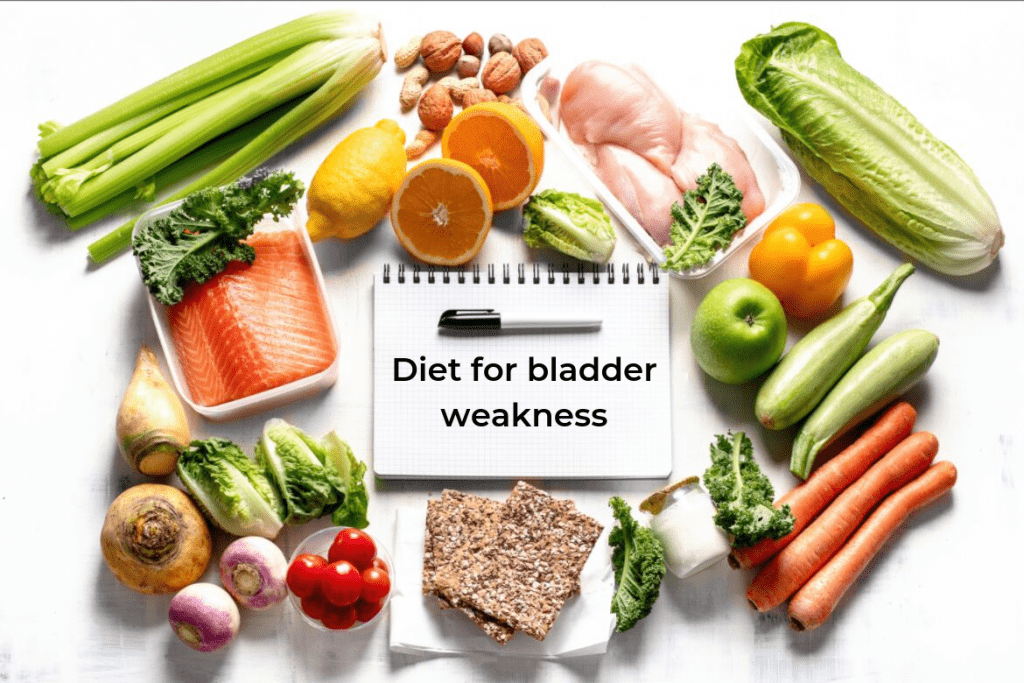What is Incontinence? – Definition, Causes and Treatments
INCONTINENCE AND ITS CAUSES
Urinary incontinence (UI) can be a very upsetting condition both for those suffering with it and the people around them. However, it is important to understand that UI can happen for a variety of reasons. There are several physical problems which directly affect the bladder and how it functions, resulting in urinary incontinence.
Urge to urinate incontinence can be caused by many different factors. While most cases of urinary incontinence will have a physiological cause such as a urinary tract infection, other factors such as the environment, social and psychological influences cannot be overlooked when considering why someone has bladder control problems. Other common causes are health related and age related. It may just be a case of an overactive bladder.
URINARY INCONTINENCE
Urinary incontinence is the unintentional passing of urine. It is a common problem that affects approximately 6 million adults and 500,000 children over the age of 5 in the UK. There are several different types of urinary incontinence including:
- Stress Incontinence.
- Urge Incontinence.
- Overflow Incontinence.
- Mixed Incontinence.
- Functional Incontinence.
This may happen all or most of the time or may just be a case of the occasional unfortunate leakage. Urinary incontinence is far more common than faecal incontinence – although both conditions affect millions of people every day.
WHAT TO DO WHEN BEING DIAGNOSED WITH URINARY INCONTINENCE
The first thing you need to know about bladder weakness is that it is a very common condition that can be treated effectively. Part of the treatment consists of a few simple changes to your eating and drinking habits. Sticking to the tips and tricks below is a crucial step in the path to staying in control and living a fulfilling life with bladder leak issues.
For alternatives you can follow a voiding diary in order to keep track of your daily voiding activity. There are also invisible product solutions for men and women who experience urinary incontinence during the day. It is advised that you practice some exercises to strengthen your pelvic floor. Stress incontinence and other mixed incontinence’s like overflow incontinence or functional incontinence can be dramatically helped by Kegel exercises.

DRINKING AND URINARY INCONTINENCE
One of the first questions you’ll be asking yourself when going through the issue of bladder leaks is:

How much to drink?
Your first instinct may be that you need to limit the amount of fluid intake. That is not the case at all! If you don’t drink enough, your body will become dehydrated and your urine will become very concentrated, which can cause bladder irritation. What’s more, in case you do have an accident, the smell will be stronger. So, whenever you are thirsty: drink! Your body needs water in order to function.
A good guideline would be to drink 6-8 glasses of water per day. Check the colour of your urine: lighter coloured urine means you are hydrated; darker and yellow urine means you are dehydrated.
When to drink?
Spread your water intake as much as possible throughout the day. To prevent nightly accidents or trips to the bathroom, try not to drink too much after dinner.
What to drink?
Stick to water as much as possible. Coffee, alcohol, drinks with artificial sweeteners, and carbonated drinks will irritate your bladder more, making the problem worse. Acidic fruit juices (such as grapefruit juice, orange juice, tomato juice…) are also on the list of drinks to avoid.
Limiting caffeine may be a bit of a challenge. We advise you to take it one step at a time, gradually replacing traditional coffee with decaffeinated coffee or tea. This can seriously reduce loss of bladder control.
If you want to know more about drinking and bladder weakness read.

EATING AND URINARY INCONTINENCE

There are many types of urinary incontinence so, in terms of food, the main point is to ensure a healthy fibre intake. The idea is to avoid constipation, since a full bowel will cause a sensation of urgency on the bladder. Avoid acidic foods – they will irritate the bladder more. Try to eat more non-citric fruits, berries, avocados, lentils, beans and grains. And mainly avoid sugar or honey, medicines with caffeine, chocolate, tomatoes, corn syrup and spices.
If you feel that something in your diet is worsening your bladder leak issues, try keeping a bladder diary: a detailed daily record of what you eat and drink and of your visits to the bathroom.
SOLUTIONS FOR BLADDER WEAKNESS
At iD we believe that you need invisible solutions to protect you during the day and night. Therefore, we created innovative product solutions for urinary incontinence. Our iD products ensure a perfect fit, maximum protection and fast absorbency to help you get on with your life as usual. Also, they are latex-free, discreet and give a cotton-like feeling whenever you need it.

2 Comments
I would have preferred a treatment or exercise rather than what pads to use
Hello,
thanks for your comment. Please find exercises here or here.
Regards
Your iD team